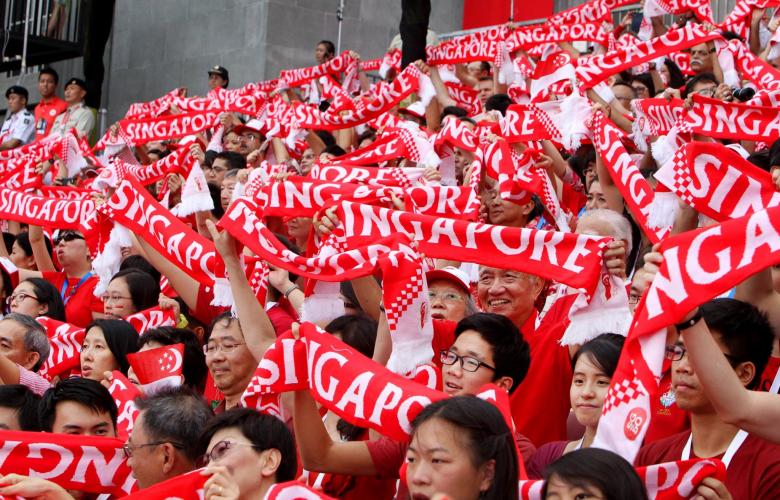Singapore’s population growth may drive demand recovery in residential rents and home prices
Contact
Singapore’s population growth may drive demand recovery in residential rents and home prices
Singapore’s population rose by 3.2 per cent per year from 2005 to 2011, driven by high employment growth and an increase in immigration inflow.
Singapore’s population rose by 3.2 per cent per year from 2005 to 2011, driven by high employment growth and an increase in immigration inflow. During this period, Singapore’s economy expanded by 6.8 per cent per year.
However, as the development of housing and infrastructure for transport and healthcare services lagged behind the increase in population, Singapore citizens voiced their discontent. The Singapore government sharply reduced immigration in flow in 2011 to 2016, cutting population growth to just 1.27 per cent per year in 2014 to 2016. The slower growth affected office demand, residential occupancy rates and retail sales.
Resident labour participation peaked in 2015
Despite the curbs on population inflow implemented after 2010, total employment continued to grow by around 120,000 annually in 2011 to 2014. This was due to government policies to encourage higher labour participation and more women and elderly Singaporeans joined the workforce.
The number of locals employed increased by 100,000 in 2014, up from 57,000 in 2010. But in 2015, this figure fell to just 700, implying that labour participation may have peaked. Labour participation of 55 to 64 year old Singaporeans increased from 61 per cent in 2010 to 70 per cent in 2015.
In 2015-16, total employment grew by only 16,000 per year.
Figure 1: Increase in employment

Source: JLL Research estimates, Ministry of Manpower
Employment target points to higher population growth for 2017-2025
In February 2017, Singapore’s Minister for Manpower Lim Swee Say revealed plans for Singapore to create about 25,000 to 40,000 jobs annually for the next few years. He expects the quality of jobs to continue to improve and more of them to be aimed at professionals, managers, executives and technicians.
We think this target to increase employment by 50 to 150 per cent is likely to mean Singapore will gradually allow slightly higher immigration inflow and population growth. Potentially, Singapore’s population growth could rise to 1.5-1.8 per cent per year in 2017-2025, from 1.27 per cent in 2014-2016. We estimate that the number of employment pass holders could increase by 10,000 to 16,000 per year, compared to 1,000 per year in 2012-2014.
If this materialises, it would drive demand for office space, boost retail sales, and a recovery in residential rents and home prices in Singapore.
Figure 2: Increase in population

Source: JLL Research, Department of Statistics
Soource: Regina Lim - JLL
Similar to this:
How expensive is Singapore's highest residence?







